Ever wondered why we dress up in costumes, carve pumpkins, and go trick-or-treating every October 31st? Halloween isn’t just about candy and spooky fun. It’s a celebration with ancient roots going back thousands of years.
In this article, I’ll take you through the fascinating history of Halloween, from its Celtic origins to modern-day traditions, and explain why this magical holiday has captured hearts around the world.
Table of Contents
Introduction – What Makes Halloween So Special?
Okay ladies, let me tell you something. Every year when October rolls around, I get super excited. Not just because of the cooler weather and cozy sweaters, but because Halloween is coming.
And honestly, who doesn’t love Halloween?
It’s that one night of the year when you can be anyone you want. A spooky witch, a cute cat, a glamorous princess, or even a terrifying zombie. The possibilities are endless.
Halloween is celebrated on October 31st every single year. And it’s not just popular in one country anymore. People all around the world now join in the fun with costumes, candy, pumpkins, and parties.
But have you ever stopped to think about why is Halloween celebrated? Like, where did all these traditions come from?
I was curious too. So I did some digging. And what I found out was actually pretty fascinating.
The Origins of Halloween – Where Did It All Begin?
Here’s the thing. Halloween didn’t just pop up out of nowhere.
It actually has roots that go back thousands of years. We’re talking about 2,000 years ago.
The festival we now call Halloween started with an ancient Celtic celebration called Samhain. Now, I know that’s a weird word. It’s pronounced “sow-win.”
The Celts lived in areas that are now Ireland, the United Kingdom, and northern France. And for them, Samhain was a big deal.
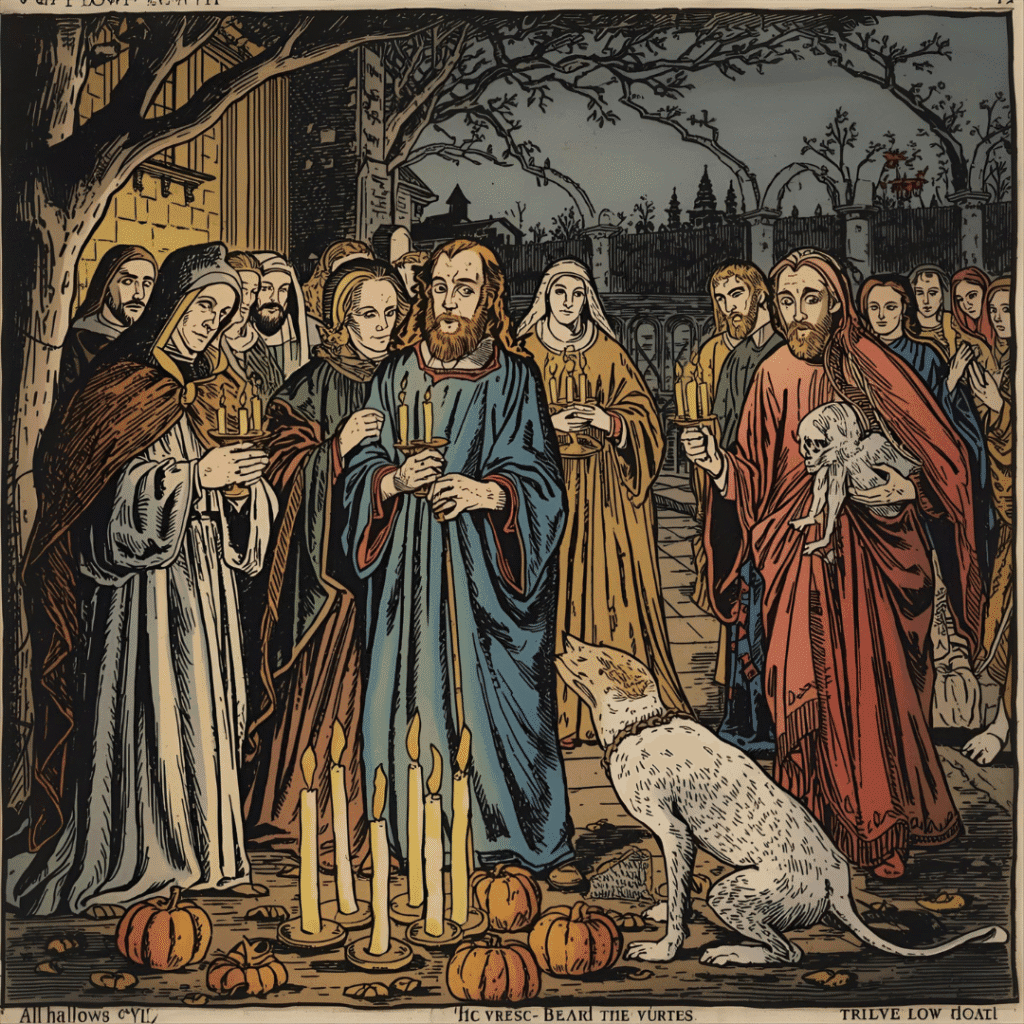
It marked the end of the harvest season. You know, when all the crops were collected and stored for winter. But it also marked the beginning of winter. And back then, winter was kind of scary. It was dark, cold, and difficult to survive.
The Celts believed that on October 31st, the boundary between the living and the dead became super thin. Like, almost see-through. They thought spirits could cross over and walk among the living during this time.
So to protect themselves, they lit huge bonfires and wore costumes made of animal skins. The idea was to ward off any evil spirits that might be hanging around.
Pretty spooky, right?
How Did Halloween Get Its Name?
Now here’s where things get interesting about how is halloween celebrated and got its name.
Fast forward to the 8th century. The Christian church was spreading across Europe. Pope Gregory III decided to create a special day to honor all the saints. He called it All Saints’ Day and set it on November 1st.
The night before All Saints’ Day became known as All Hallows’ Eve. “Hallow” was just an old word for saint.
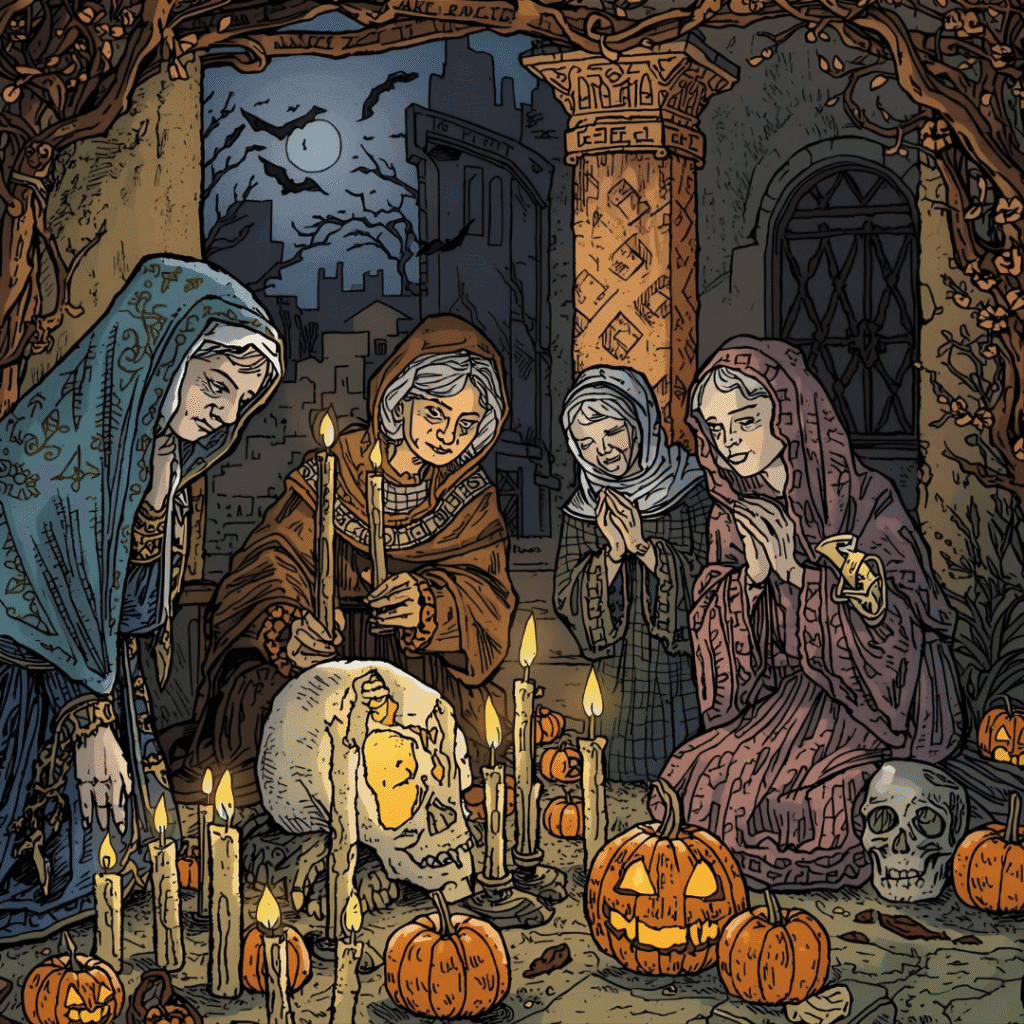
Over time, people started saying it faster and faster. All Hallows’ Eve became All Hallows’ E’en. And eventually, it just became Halloween. So basically, Halloween got its name from a Christian holiday. But it kept a lot of those ancient Celtic traditions alive.
It’s like a mashup of old pagan beliefs and Christian celebrations.
The Religious and Spiritual Meaning of Halloween
I find this part really beautiful, actually.
At its core, Halloween has always been about remembering the dead. It’s about honoring the people we’ve lost.
Different cultures and religions have their own ways of doing this. But the basic idea is the same. The Celts believed that during Samhain, the souls of the dead could return to visit their homes. Some spirits were welcome. Others were not.
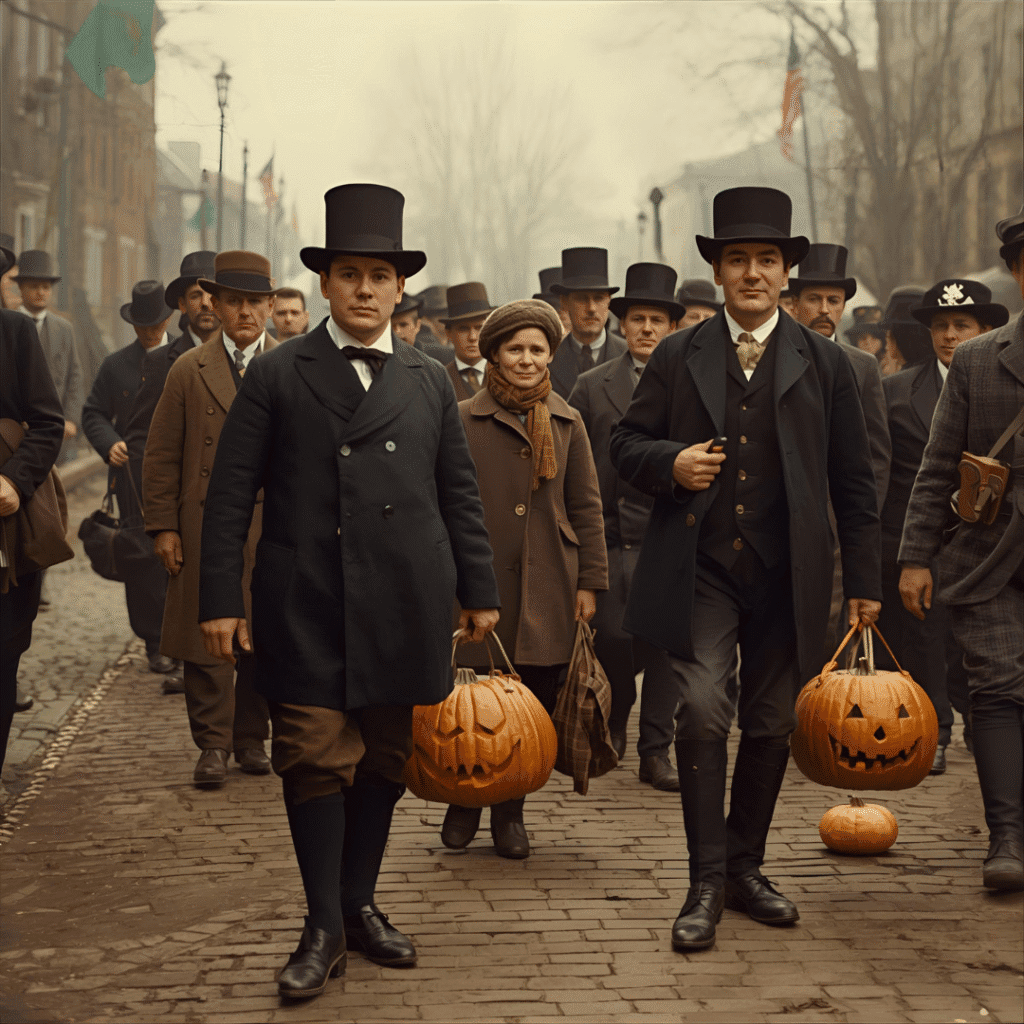
When Christianity came along, it added its own layer. All Saints’ Day on November 1st honored saints and martyrs. All Souls’ Day on November 2nd honored all the faithful departed. So Halloween became the beginning of this three-day period focused on death, spirits, and the afterlife.
Even today, many people around the world use this time to remember loved ones who have passed away. It’s not all just about scary costumes and candy. There’s actually a deeper meaning behind it all.
How Halloween Became Popular in America
Now let’s talk about how Halloween became the huge celebration we know today in the United States.
In the early days of America, Halloween wasn’t really celebrated much. The Puritan colonists thought it was too pagan and didn’t approve of it. But in the southern colonies, people did celebrate the harvest with parties, ghost stories, and fortune-telling.
Then in the mid-1800s, something big happened. There was a terrible famine in Ireland called the Great Potato Famine. Millions of Irish immigrants came to America. And they brought their Halloween traditions with them.
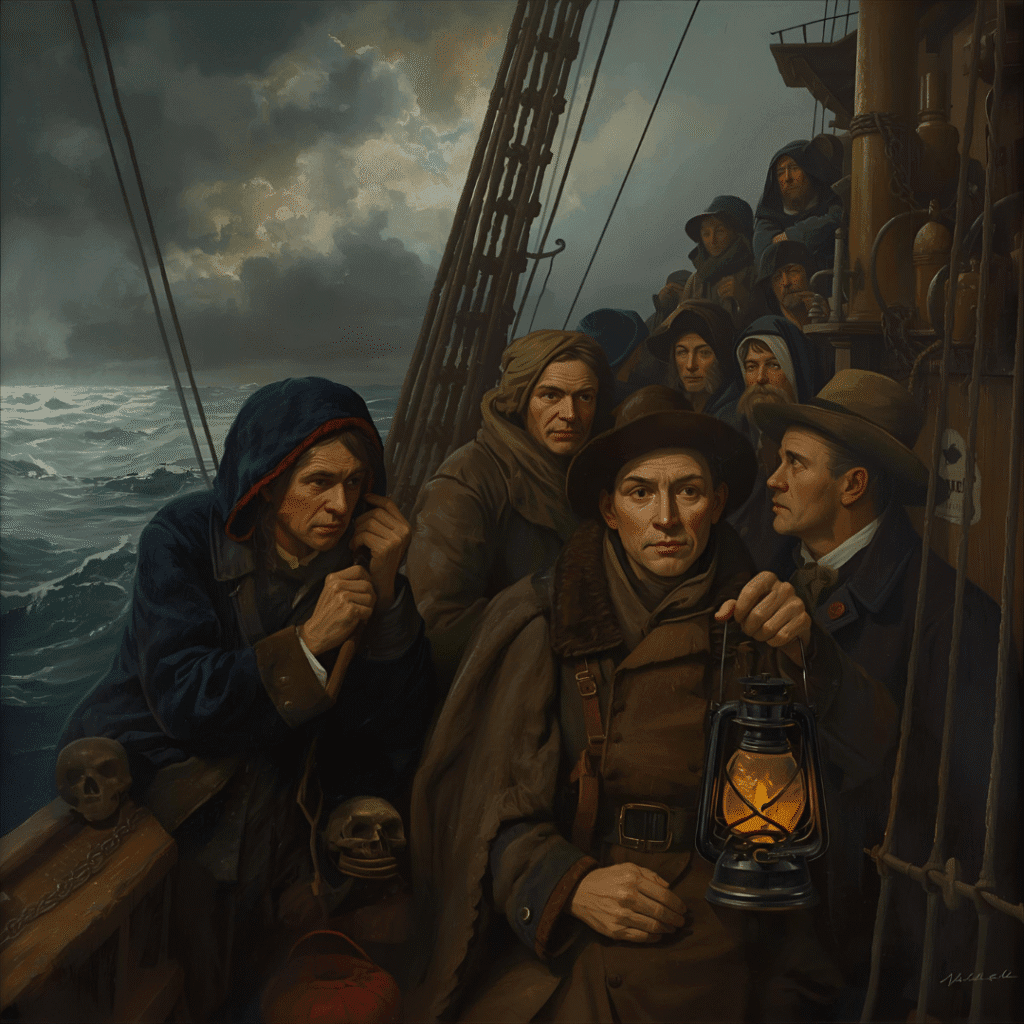
Scottish immigrants did the same thing. These traditions started to mix with American harvest festivals. And slowly but surely, Halloween became more and more popular.
By the early 1900s, Halloween was being celebrated all across the country. It evolved from a spiritual festival into more of a community event.
Towns would organize parades, parties, and festivals. And it became less about ghosts and spirits and more about fun and community.
Modern Halloween Traditions and Their Meanings
Trick-or-Treating – Why Do Kids Go Door to Door?
This is probably everyone’s favorite part of Halloween.
Kids dress up in costumes and go from house to house asking for candy. Simple, right?
But where did this come from?
It actually comes from an old Irish and Scottish tradition called “guising.” People, usually children, would dress up in costume and go door to door. But here’s the catch. They had to perform a little trick to earn their treat. They might tell a joke, sing a song, or recite a poem.
When Irish and Scottish immigrants came to America, they brought this tradition with them.
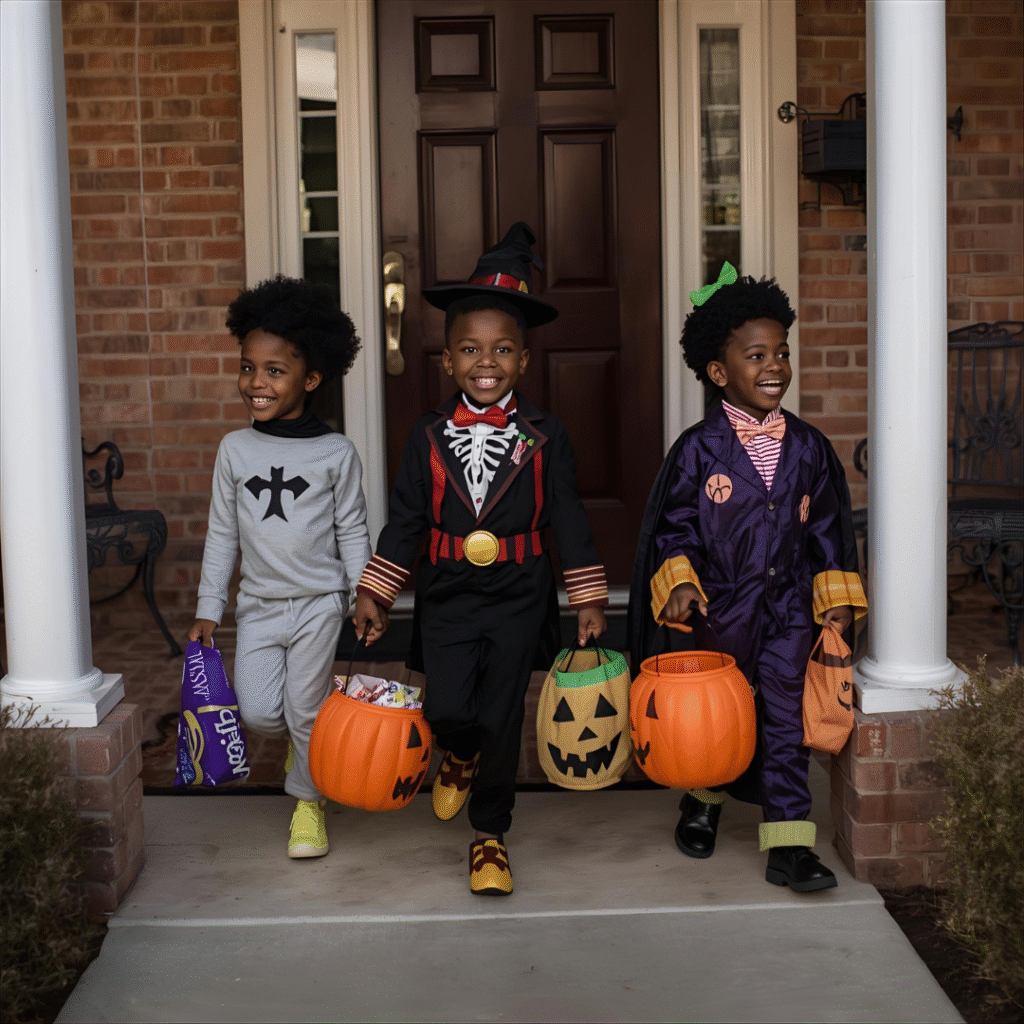
By the 1950s, trick-or-treating had become the massive candy-collecting event we know today.
And honestly, I love it. There’s something so sweet about seeing little kids all dressed up and excited about getting candy.
Pumpkin Carving and Jack-o’-Lanterns – The Legend Behind the Glow
Let me tell you about Jack-o’-lanterns. Because this story is wild.
There’s an old Irish legend about a man called Stingy Jack. He was a trickster who managed to trap the Devil himself.
Jack made a deal with the Devil. He would let him go if the Devil promised never to take his soul.
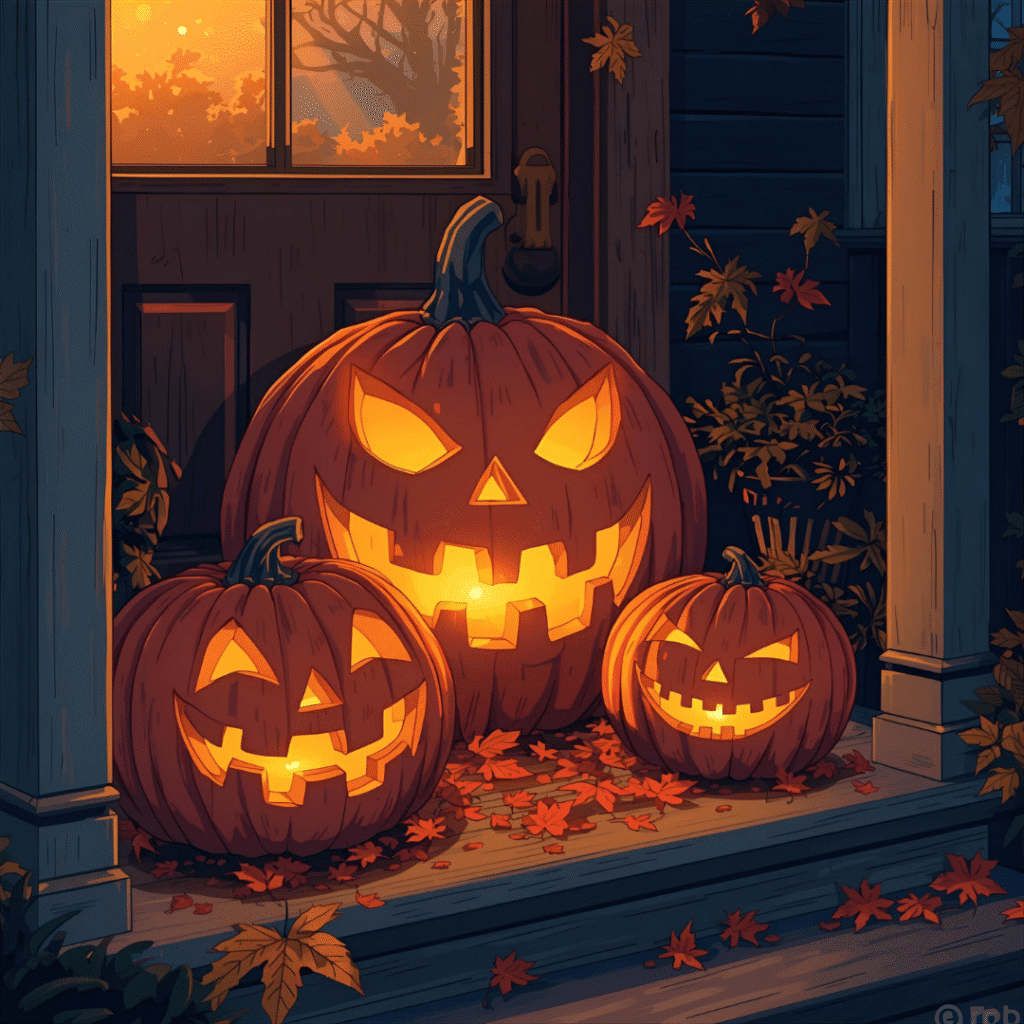
When Jack eventually died, he wasn’t allowed into heaven because he was too much of a troublemaker. But the Devil kept his promise and wouldn’t let him into hell either.
So Jack was stuck. He had to wander the earth forever.
The Devil gave him a burning coal to light his way. Jack put it inside a carved-out turnip to make a lantern.
In Ireland and Scotland, people started carving scary faces into turnips and potatoes. They put them in windows to scare away evil spirits.
When Irish immigrants came to America, they found something much better for carving. Pumpkins.
Pumpkins were bigger, easier to carve, and native to America. So they became the official Jack-o’-lantern vegetable.
Now we see carved pumpkins everywhere on Halloween. And I personally love coming up with creative designs every year.
Costumes and Masks – Why Do People Dress Up on Halloween?
This is my favorite part, honestly.
Dressing up is what makes Halloween so fun and creative.
But why do we do it?
Remember how the ancient Celts wore costumes during Samhain? They did it to confuse and scare away evil spirits.
They also believed that if they disguised themselves, the ghosts wouldn’t recognize them.
Over time, dressing up became less about protection and more about fun.
Today, people dress up as literally anything. Scary monsters, cute animals, famous celebrities, food items, you name it.
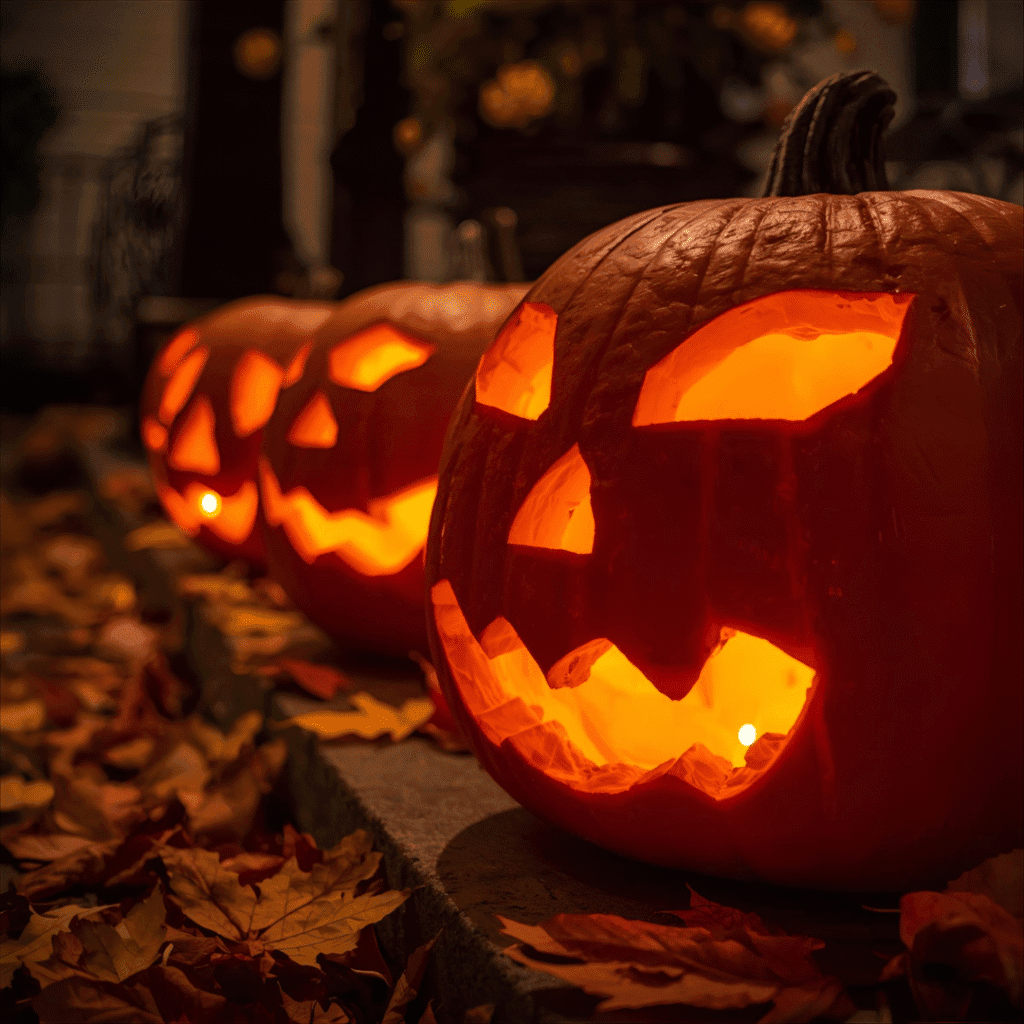
For us fashion lovers, Halloween is like the ultimate styling challenge. It’s a chance to get creative and try something completely different from our everyday look.
I’ve been everything from a glamorous vampire to a retro disco queen. And I’m already planning next year’s costume.
Haunted Houses and Ghost Stories – Keeping the Scare Alive
Ghost stories have always been a part of Halloween.
The Celts believed that spirits walked the earth during Samhain. So naturally, they told stories about ghosts and supernatural encounters.
When families gathered around the fire during harvest celebrations in America, they would share spooky tales.
Now we have haunted houses, horror movies, and Halloween TV specials.
People love getting scared in a safe, controlled way. It’s that adrenaline rush without any real danger.
I’m not gonna lie. I’m a total scaredy-cat when it comes to haunted houses. But I love a good ghost story with friends.
Cultural Variations – How is Halloween Celebrated Around the World
Halloween isn’t just an American thing anymore.
Different countries have their own versions of this celebration. And they’re all beautiful in their own way.
In Mexico, there’s Día de los Muertos, or Day of the Dead. It’s celebrated on November 1st and 2nd.
Families create beautiful altars called ofrendas. They’re decorated with photos of deceased loved ones, marigold flowers, candles, and the person’s favorite foods.
It’s a joyful celebration that honors the dead with love and remembrance. Not scary at all. Just beautiful and meaningful.
In many European countries, All Saints’ Day is still a major religious holiday. People visit cemeteries, light candles, and bring flowers to graves.
In the Philippines, they have Undas. Families camp out in cemeteries overnight to be close to their departed loved ones.
What I love about all these celebrations is the common thread. They’re all about remembering the people we’ve lost and keeping their memory alive.
The Commercial Side of Halloween
Let’s be real for a second.
Halloween is big business now.
Americans spent over 11 billion dollars on Halloween in recent years. That’s a billion with a B.
People buy costumes, candy, decorations, party supplies, and more. Stores start putting out Halloween stuff in September, sometimes even August.
There are entire stores like Spirit Halloween that only exist for this season.
For those of us who love fashion and styling, Halloween has become another opportunity to shop and express ourselves. I know I always end up buying way more Halloween decorations than I actually need. But they’re just so cute.
The candy industry makes a huge chunk of its yearly sales during Halloween season. It’s actually the second biggest commercial holiday in America after Christmas.
Is Halloween Still About Its Original Meaning?
This is something I’ve thought about a lot.
Modern Halloween celebrations are pretty different from ancient Samhain or even early Christian observances.
Most people today aren’t thinking about spirits or honoring the dead when they’re trick-or-treating or going to Halloween parties.
It’s become more about fun, creativity, and community. About kids getting candy and adults having an excuse to dress up and party.
But I don’t think that’s necessarily a bad thing.
The holiday has evolved. And that’s natural.
Some people still observe the spiritual side of Halloween. They might light candles for deceased loved ones or take time to remember them.
Others just enjoy the fun and festivities. I think there’s room for both. You can have a great time dressing up and eating candy while still appreciating the deeper history and meaning behind it all.
Fun Facts About Halloween You Probably Didn’t Know
Let me share some cool Halloween trivia with you.
Black and orange are the official Halloween colors. Orange represents the harvest and autumn. Black represents death and darkness.
But here’s a fun fact. In the early 1900s, the Halloween colors were actually brown and yellow.
Halloween is the second highest grossing commercial holiday after Christmas.
The record for the fastest pumpkin carving is just 16.47 seconds. I can barely pick up a knife that fast.
Candy corn was originally called Chicken Feed when it was invented in the 1880s.
Halloween spending in the UK has grown to over 700 million pounds in recent years. It’s becoming a huge celebration there too.
The most popular Halloween costume for pets is a pumpkin. How cute is that?
Ireland, where Halloween originated, is actually home to some of the spookiest castles in the world. Talk about an authentic atmosphere.
Conclusion – Why We Still Celebrate Halloween Today
So why do we celebrate Halloween?
The simple answer is that it’s fun. We get to dress up, eat candy, decorate our homes, and spend time with friends and family.
But there’s more to it than that.
Halloween connects us to thousands of years of human history. It’s a way we honor the past while enjoying the present. It started as a festival marking the transition from harvest to winter. A time when people believed the dead could return.
Over centuries, it evolved. It absorbed Christian traditions. It traveled across the ocean with immigrants. It became uniquely American while spreading around the world.
Today, Halloween is whatever we want it to be.
For some, it’s a spiritual time to remember loved ones who have passed. For others, it’s just a fun excuse to be creative and silly.
And honestly? Both are perfectly valid.
I celebrate Halloween because it brings joy. Because I love seeing kids excited about their costumes. Because I enjoy decorating my home with pumpkins and spooky decorations.
But I also take a moment to think about the people I’ve lost. To appreciate the thin line between life and death that makes every day precious.
Halloween reminds us that transformation is possible. That we can be whoever we want to be, even if it’s just for one night. And in a world that can sometimes feel too serious, having a holiday that’s purely about fun and creativity is actually pretty special.
So this October 31st, whether you’re trick-or-treating, hosting a costume party, or just staying home with some scary movies, remember you’re part of an ancient tradition.
You’re connecting with thousands of years of human culture. And that’s pretty amazing when you think about it.
FAQs About Why is Halloween Celebrated
1. Why do we celebrate Halloween on October 31?
October 31st marks the eve of the ancient Celtic festival of Samhain, which celebrated the end of harvest and beginning of winter. When the Christian church created All Saints’ Day on November 1st, the night before became All Hallows’ Eve, eventually shortened to Halloween. The date has remained the same for centuries.
2. What is the true meaning behind Halloween?
The true meaning of Halloween is about honoring the dead and marking the transition between seasons. Originally, it was believed that the boundary between the living and dead was thinnest on this night. While modern celebrations focus more on fun and community, the underlying theme of transformation and remembering those who passed remains.
3. Is Halloween a religious or pagan holiday?
Halloween has both pagan and religious roots. It originated from the Celtic pagan festival of Samhain but was later influenced by Christian traditions like All Saints’ Day and All Souls’ Day. Today, it’s celebrated as a secular holiday by most people, though some still observe its religious aspects.
4. How did trick-or-treating start?
Trick-or-treating evolved from the Irish and Scottish practice of guising, where people dressed in costumes and went door to door performing tricks or songs in exchange for food or treats. Irish and Scottish immigrants brought this tradition to America in the 1800s, and by the 1950s it had become the candy-focused activity we know today.
5. What does the pumpkin symbolize in Halloween?
The carved pumpkin or jack-o’-lantern comes from an Irish legend about Stingy Jack, who was doomed to wander the earth with only a carved turnip lantern. When Irish immigrants came to America, they found pumpkins were perfect for carving and easier to work with than turnips. The lit pumpkin is meant to scare away evil spirits.
6. How is Halloween celebrated in different countries?
Halloween is celebrated differently worldwide. Mexico has Día de los Muertos, a joyful celebration honoring deceased loved ones with altars, flowers, and food. Many European countries observe All Saints’ Day with cemetery visits and candles. The Philippines celebrates Undas with overnight cemetery vigils. Each culture adds its own unique traditions while maintaining the core theme of remembering the dead.
7. What are the most popular Halloween traditions today?
The most popular Halloween traditions include trick-or-treating, wearing costumes, carving pumpkins into jack-o’-lanterns, attending costume parties, decorating homes with spooky decorations, watching horror movies, visiting haunted houses, and telling ghost stories. Many people also enjoy Halloween-themed foods and treats.
8. Why do we wear costumes on Halloween?
The tradition of wearing costumes comes from the ancient Celts, who wore animal skins and masks during Samhain to confuse and scare away evil spirits. They believed disguises would prevent ghosts from recognizing them. Today, costumes are worn purely for fun and creative expression, ranging from scary to silly to glamorous.
9. When did Halloween become popular in America?
Halloween became widely popular in America during the late 1800s and early 1900s when Irish and Scottish immigrants brought their traditions with them. By the 1950s, Halloween had evolved into the community-centered, child-friendly holiday we recognize today, with trick-or-treating becoming a nationwide tradition.
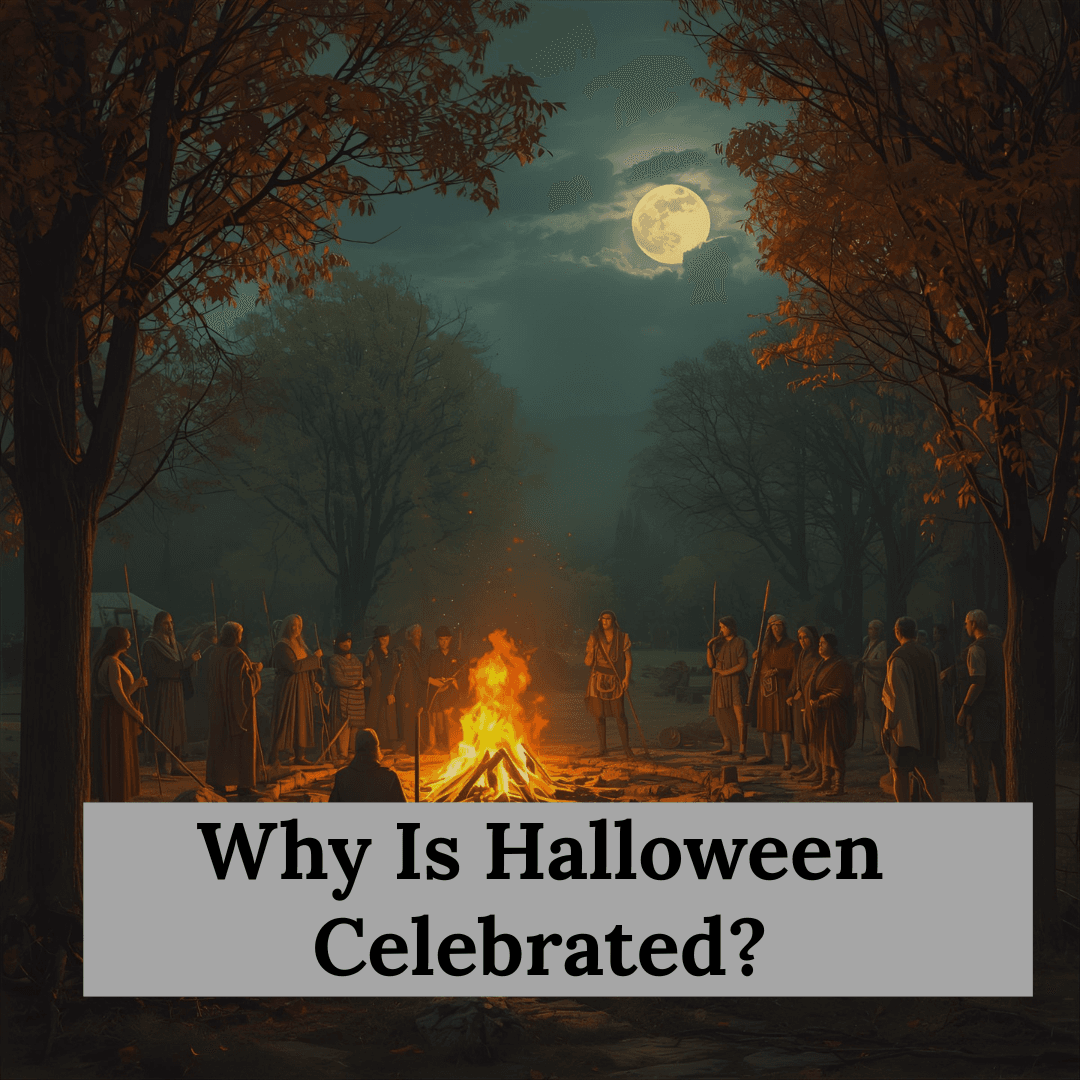
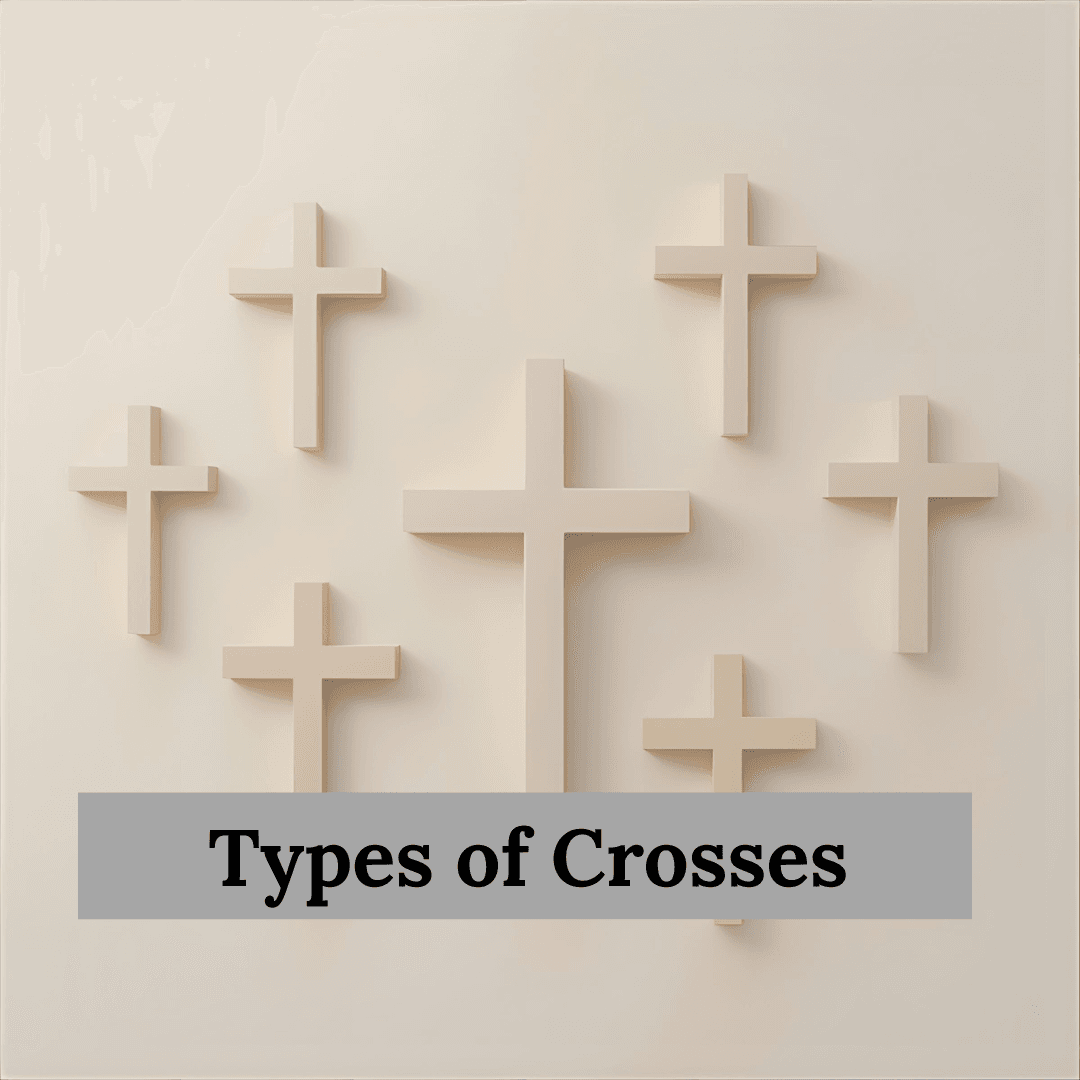

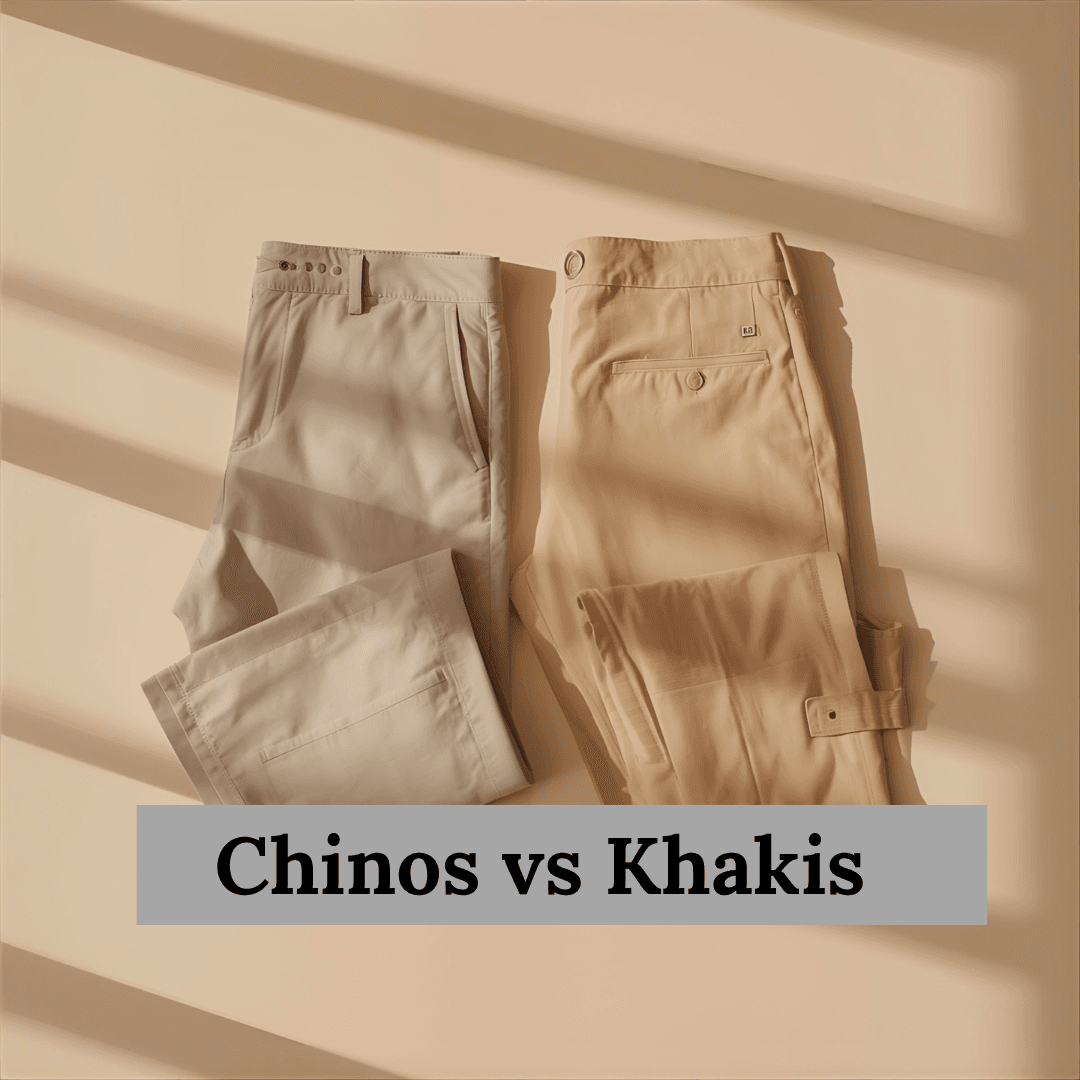
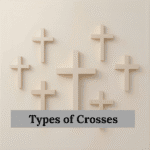



Leave a Reply